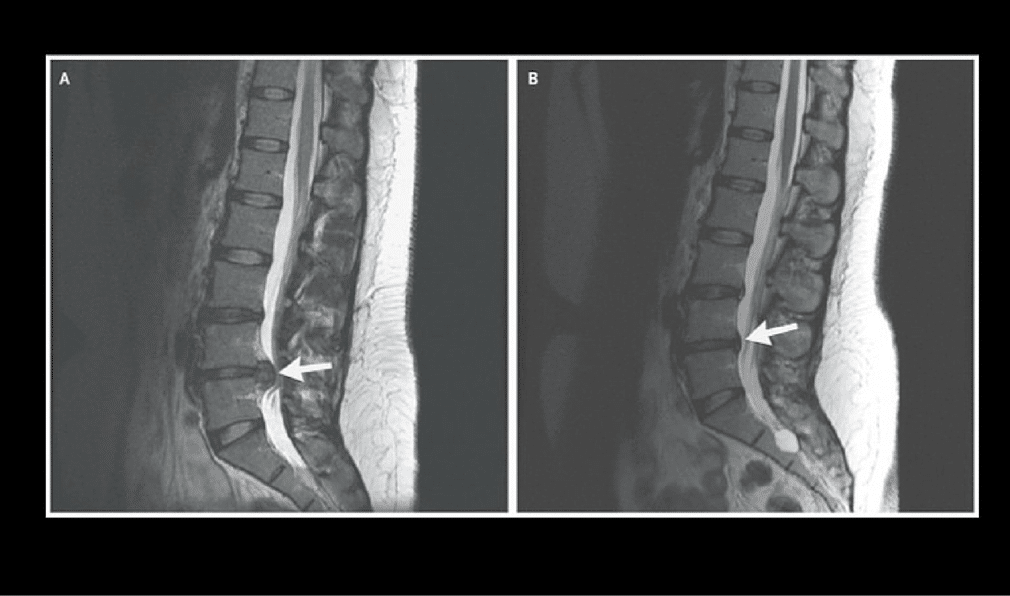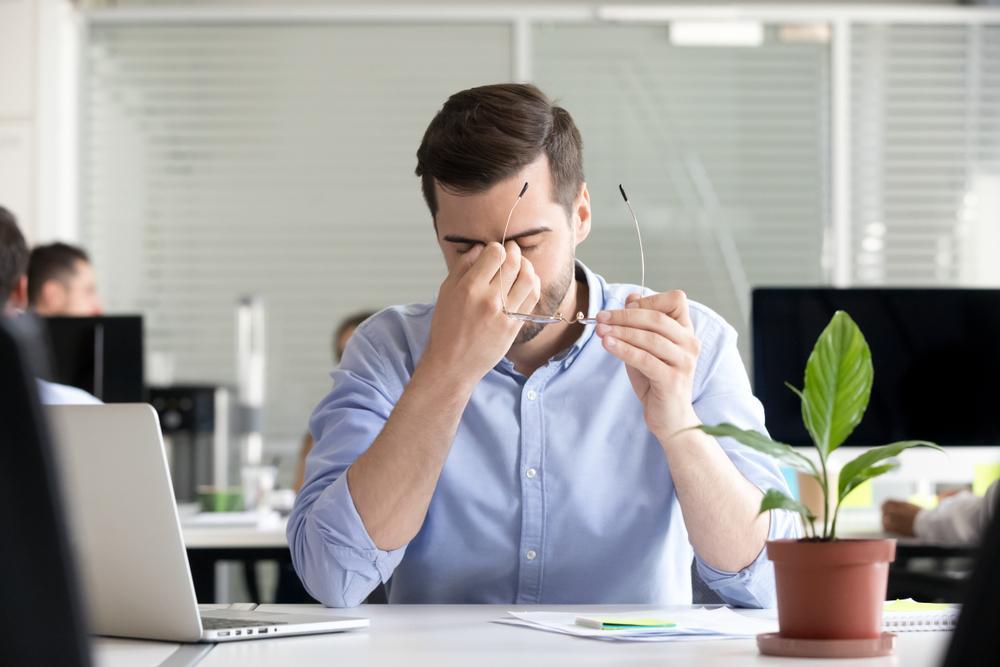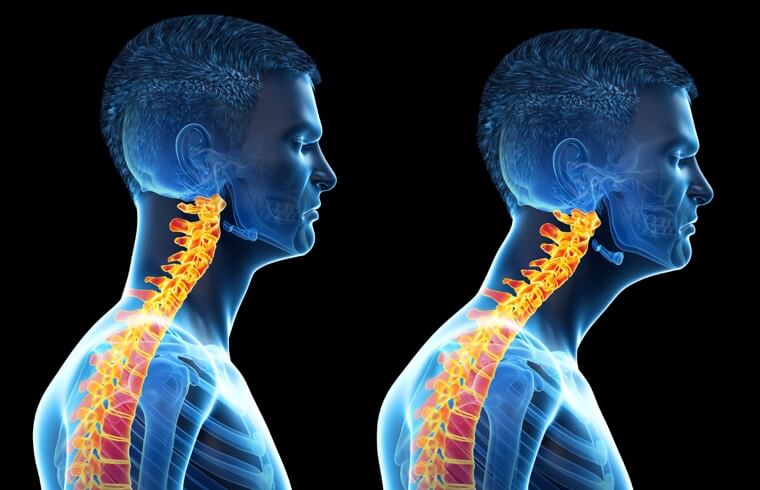The Padel Boom and the Pain That Comes With It.
Padel is booming, especially in places like Dubai, where it’s become more than a sport: it’s a lifestyle. Social, dynamic, and addictive, padel offers an incredible combination of fun and fitness. But like every sport, its popularity has brought a surge of injuries.
If you’re a regular player, chances are you’ve already felt some discomfort in your elbow, lower back, or feet. Many injuries come not from bad luck, but from small imbalances, lack of proper recovery, and poor neuromuscular control.
As a physiotherapist specialized in nervous system-based therapy, I see these patterns often. Here are the 5 most common padel injuries, and how to prevent them with smart, functional strategies.
1. Tennis Elbow (Lateral Epicondylitis)
This is by far one of the most common overuse injuries in padel. Despite its name, “tennis elbow” is just as common in padel players due to the repetitive forehand shots and volleys.
- Symptoms: Pain on the outside of the elbow, weakness in grip.
- Why it happens: Repetitive movement, poor racket control, lack of shoulder stability.
- Prevention: Improve shoulder and wrist control, optimize grip strength, and train forearm neuromuscular coordination.
2. Low Back Pain
Twisting, rotating, bending—padel demands a lot from your lumbar spine. Without proper trunk control and breathing patterns, the lumbar region can take too much stress.
- Symptoms: Stiffness, sharp pain during rotation or extension.
- Why it happens: Lack of deep core activation, poor postural awareness, or fatigue.
- Prevention: Train diaphragm/core coordination, thoracic mobility, and pelvis control.
3. Ankle Sprains and Instability
Quick lateral movements and direction changes make ankles vulnerable—especially on artificial turf.
- Symptoms: Swelling, instability, reduced proprioception.
- Why it happens: Weak ankle reflexes, untrained nervous system response to imbalance.
- Prevention: Proprioceptive neuromotor drills, barefoot training, and reflex integration.
4. Shoulder Injuries (Rotator Cuff & Bursitis)
Smashes and overhead shots demand stability and dynamic control. Many amateur players lack the scapular rhythm and joint centering to protect their shoulders.
- Symptoms: Pain lifting the arm, weakness, discomfort at night.
- Why it happens: Muscle imbalance, lack of coordination, previous shoulder issues.
- Prevention: Functional shoulder activation, thoracic extension work, and breathing-based mobility drills.
5. Foot Pain or Plantar Fasciitis
Especially for players who play several times a week or use inadequate footwear, foot overuse is common.
- Symptoms: Heel pain, arch stiffness, discomfort during first steps.
- Why it happens: Poor foot mechanics, lack of fascial glide, or poor load distribution.
- Prevention: Toe mobility drills, fascia hydration, and sensory reprogramming.
What Makes My Approach Different?
Unlike conventional physiotherapy, I focus on the nervous system first.
Before strengthening or stretching, I assess your brain-body connection:
- Is your nervous system allowing proper joint control?
- Are your breathing patterns affecting your posture and recovery?
- Are reflexes integrated, or is your system compensating?
This approach is ideal not only for treating injuries, but for preventing them and enhancing performance, especially in a high-skill sport like padel.
Ready to Play Without Pain?
If you’re playing padel regularly in Dubai and want to stay injury-free, boost performance, or recover from nagging pain, I can help.
I offer individual assessments and personalized programs combining physiotherapy, breathwork, and neurofunctional rehab.
Contact me to book a session or ask your questions.
Let’s get you back on the court, stronger than ever.









